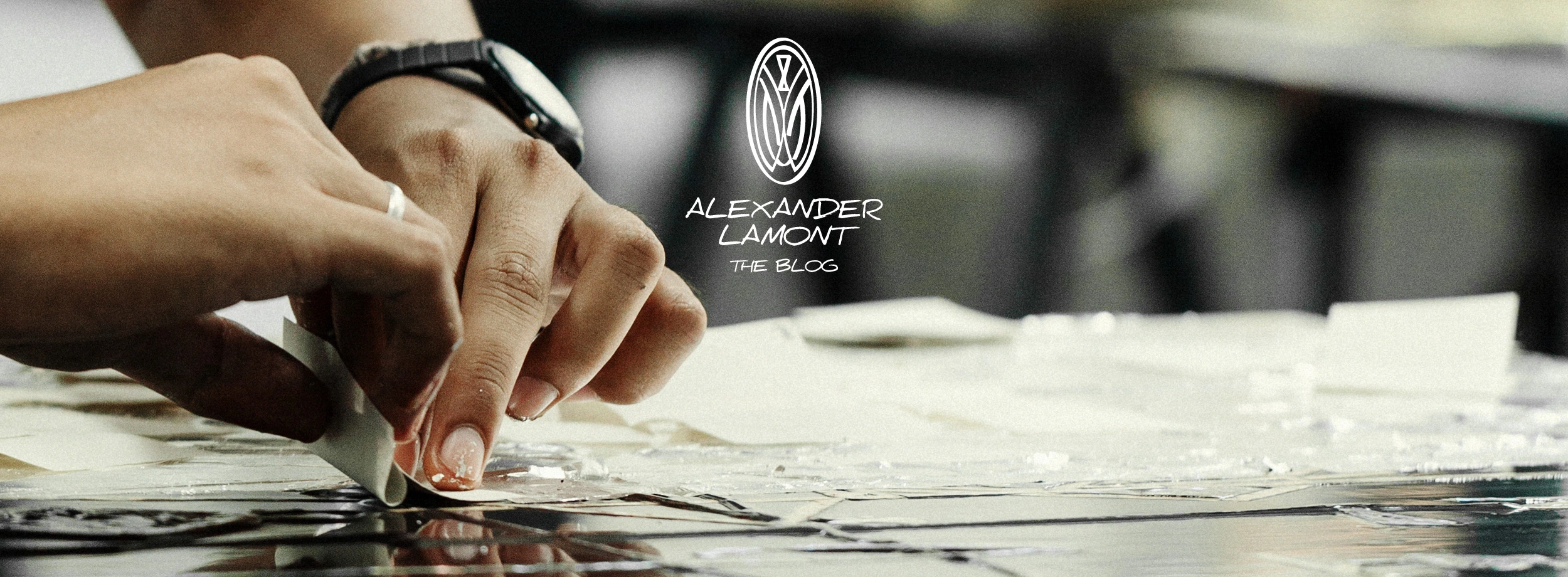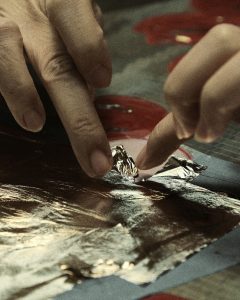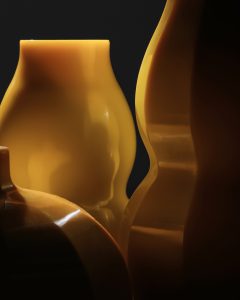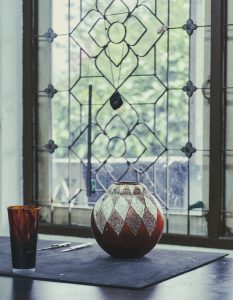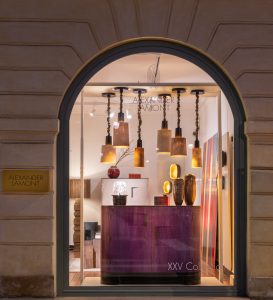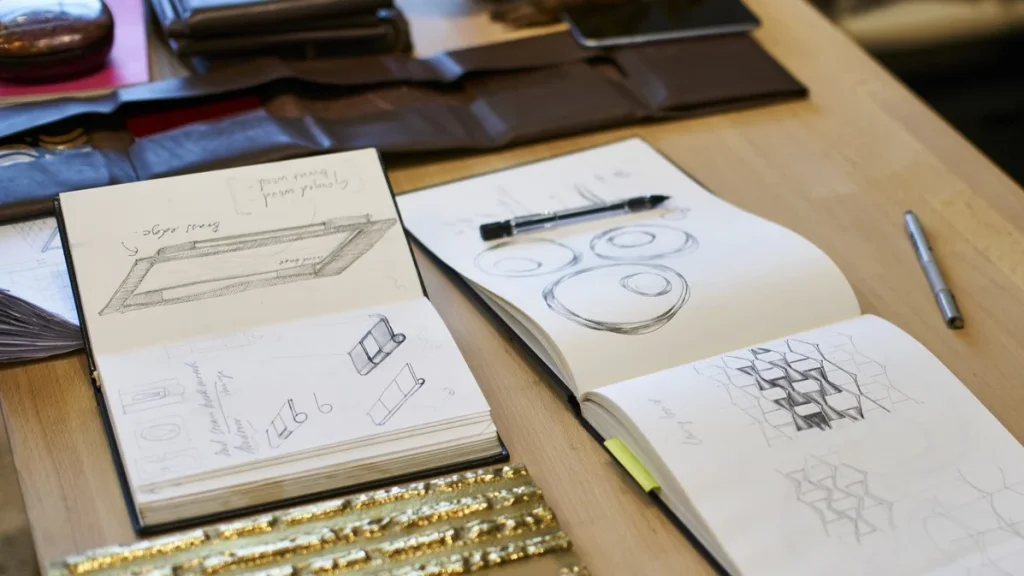
Designing is a beautiful and brutal process. Anyone who presents their ideas before the public – whether to make a living or for the joy of creating – is showing something very personal and intimate. Painting, sculpture, movies, furniture, poetry or prose… the creator is always exposed to the criticism of the viewer. Did you see how I slipped furniture in amongst those fine arts and literary endeavours? Furniture design is full of the same feelings, frustrations, challenges and complexities as any work of fine art or story telling – like those art forms it is a work of human expression, but it also has to perform a function which requires technical considerations.
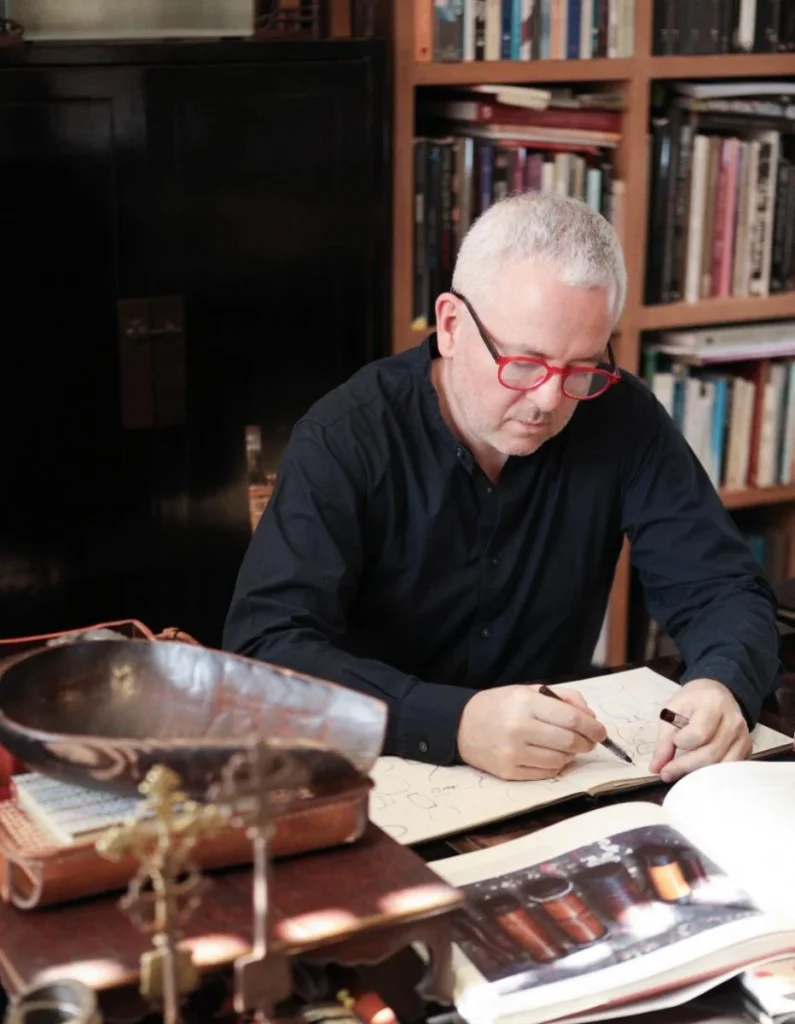
Creating furniture that brings together function and beauty, drawing on an exceptional palette of timeless materials has been a wonderful endeavour for me as a designer. I strive for designs that are true to the core, aesthetic values of the brand while also providing the seamless function that is required. The design process is always challenging and can often feel quite isolated. In recent years I have therefore actively sought dialogue with other designers, inviting them to bring new ideas and interpretations of our material palette to the design table.
In this post I seek to explain a little about my wider role as the Creative Director of the Alexander Lamont brand. As a designer I am constantly drawing and sketching: shapes, forms, patterns; objects, lighting, surfaces and furniture many of which will never move beyond the sketch. But as Creative Director I am also responsible for the launch schedule of new collections and products aimed at keeping the brand fresh in the eyes of our customers and the wider design world. In this role, a great pleasure is to find and work with other designers who inspire with their own passion, spirit and creative energy. I look for design partners who are established and known for their work and who will bring something unique and fresh to the brand; designers and artists who are cultured and well versed in a sophisticated design language, who have affinity with the arts and a deep appreciation of craftsmanship.
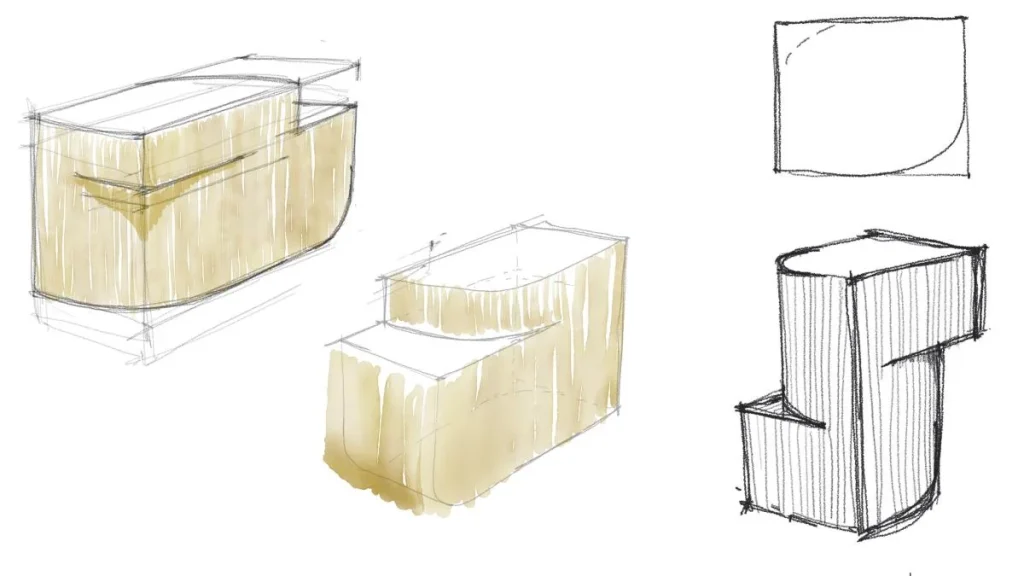
The process of conception of a new collection begins many, many months before it is due to launch. In discussions with a new designer, I prefer to hold the ideas loosely giving only a sense of direction based on my prevailing ideas of the time and allowing as much freedom as possible for the designer to bring their own passion and vision for the collection. It’s like being at the helm of a sailing ship: trimming the sails… tacking… gently bringing the ship into the wind so that it moves on course for where we want to end up. References that are pertinent can be very helpful. Also swatches of materials that will sit on the desk of the designer as they work – being touched or put beside each other. What I hope to do is inspire the designer to reach for a hallowed place, supported by beautiful images and textures.
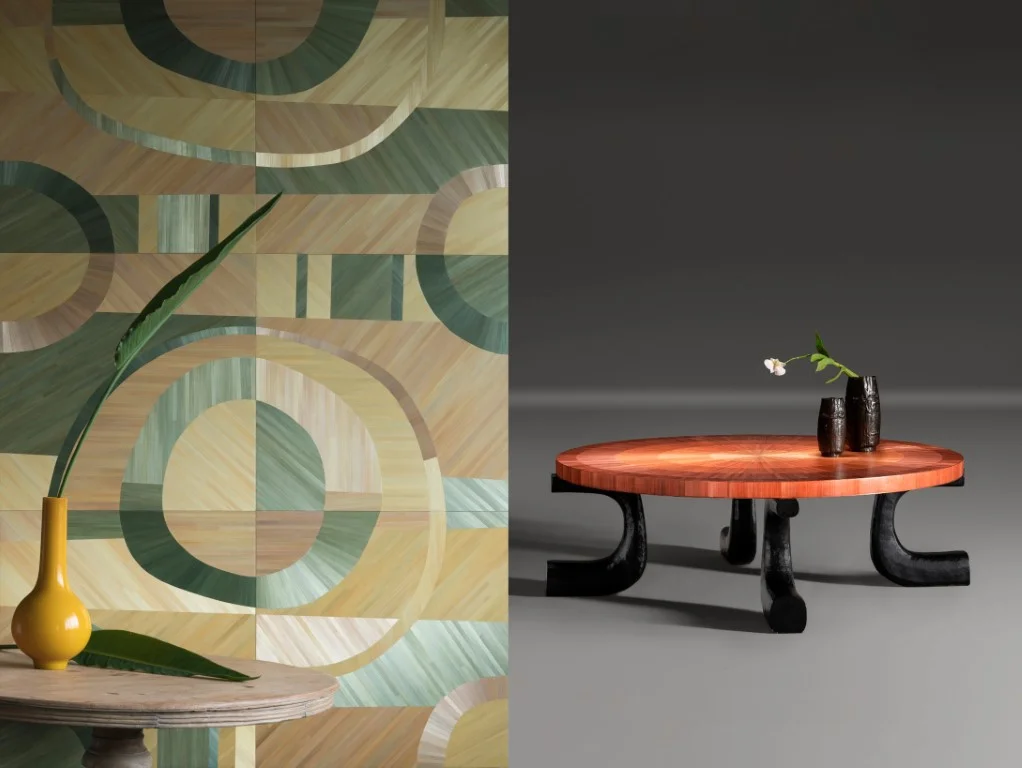
What I am looking for in the first group of designs is a sense of excitement and freshness that is anchored by some relation to the language of the brand. We all want to make new and beautiful things, but how do they express the brand and also feel totally new at the same time?
At this stage there is a discussion about changes and materials and this leads to a second meeting that goes into some detail on what the thinking is behind each piece and how they relate to each other.
New designs are not always created through a drawing process. Working with Astrid Dahl, a sculptor based in South Africa was very much an organic process. The brief was to make some vessels based on the ‘architecture’ of orchids – Thailand’s most famous plant. We took Astrid’s original ceramic forms and cast them in bronze. This was a way to work with a sculptor but push an original theme into the work that resonated with the brand and was a new departure for the artist.
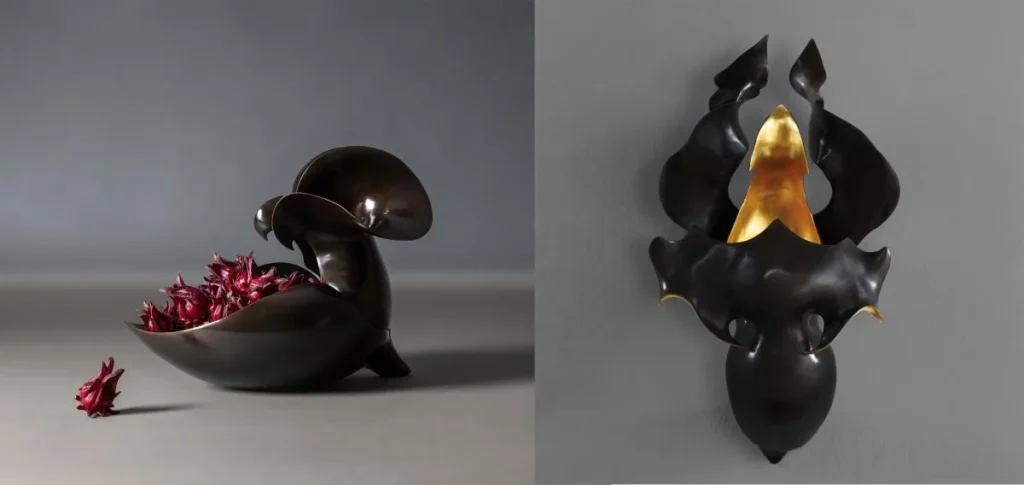
Materials selection is often challenging. When you have a wide palette of materials, to make that final decision about colour and the mix of materials can be quite torturous. Do we use the latest development in terms of surface (a new colour/texture/method of production) or do we use materials that are well known and adored already? We may go with a stronger option and also a more ‘classic’ one to give clients a choice.
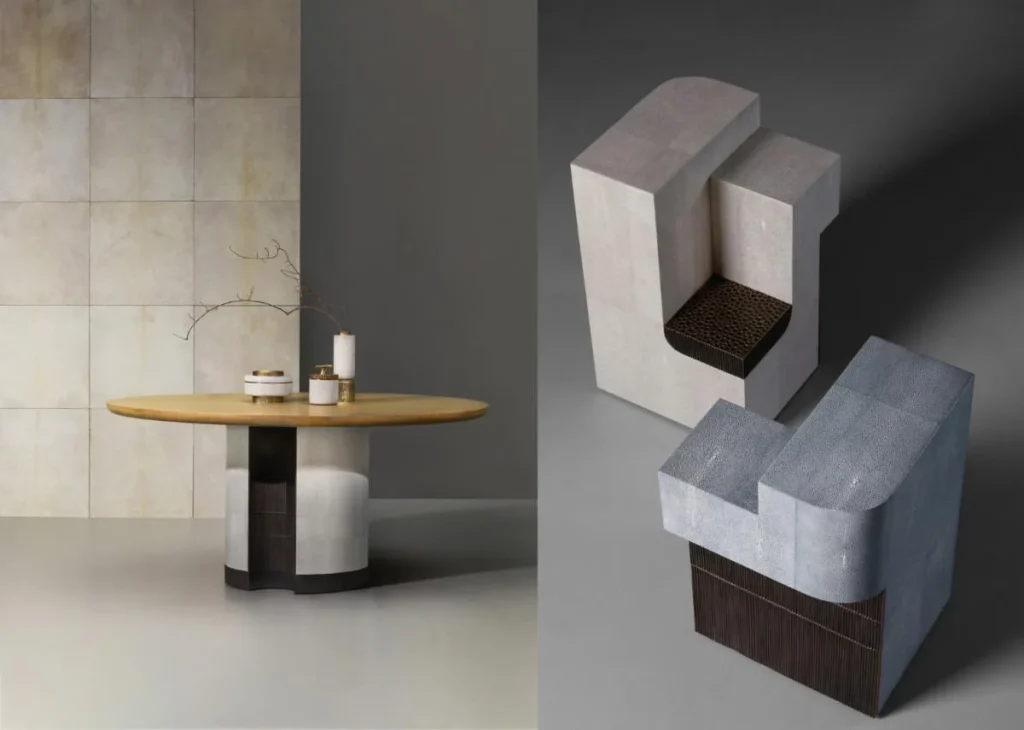
There is also the challenge of editing the collection from a wide array of designs. What you see in our catalogues and in our marketing communications is just a small selection of what was produced in terms of designs for the launch. Designers are generous people: they want to make everything but there is only so much that we may want to launch or move into development. It’s never easy to tell a designer that some of their designs have been put on hold or are not going to go ahead for one reason or another.
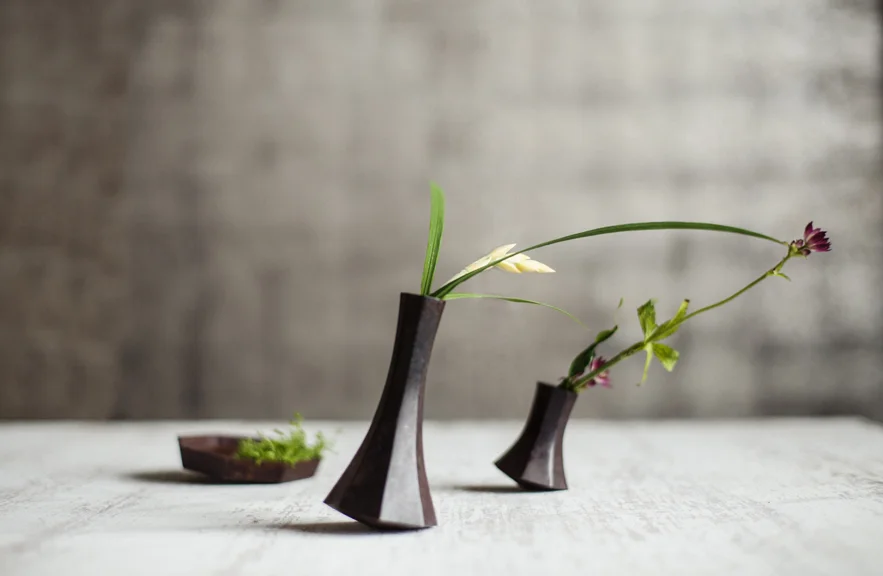
Working with talented designers is a privilege and a pleasure – bringing designers together with our unique workshop and so many materials that they revere, is deeply enjoyable and feels like giving rare and delicious ingredients to great chefs and then watching them work. The experience is wonderful personally not just because they have beautiful ideas for furniture that add to our collections and sales, but because they are special people, full of stories and travel and anecdotes and seasoned opinions that enrich the creative process and possibly explain why their skills are so rare. They are all people who strive to design furniture, lighting and objects that do not merely ‘work’ but that sing with the stories and passions of their own lives.

